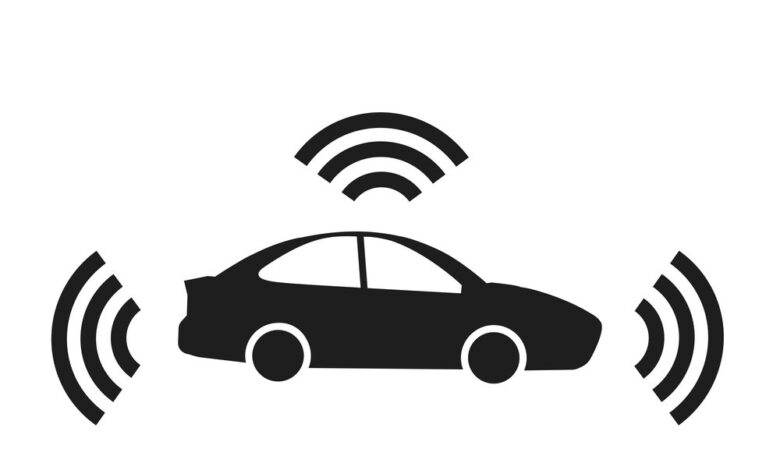How autonomous technology is trending

With human error accounting for more than 90 per cent of road traffic accidents, the push toward autonomous vehicles is gaining momentum as a crucial measure to enhance road safety.
Car manufacturers are also feeling compelled to adopt advanced technologies to remain competitive as self-driving technology progresses. A recent report by IDTechEx, “Autonomous Cars, Robotaxis and Sensors 2024-2044,” looked at the future of the market for the next two decades, highlighting where there’s potential for these technologies to revolutionize driving.
It noted that Level 0, no automation, is virtually obsolete. In 2022, more than half of all vehicles in the United States were equipped with Level 2 autonomy, which includes features such as adaptive cruise control and lane-keeping assistance. But most Level 2 systems still require drivers to pay attention and keep their hands on the wheel. The report pointed out that Tesla, General Motors and Ford are at the forefront of this technology, with Tesla producing all of its models with Level 2 capabilities.
Many major automakers now offer these features as either standard or optional, often alongside automatic emergency braking.
The ultimate goal is Level 5 autonomy, where vehicles will operate entirely without human intervention. At this point, the technology would eliminate the need for steering wheels, pedals or any conventional controls, transforming drivers into passengers.
In 2023, Ford received approval to deploy its Level 2-plus BlueCruise hands-free technology on roads in Germany and the U.K., though its use is currently restricted to specific motorway sections. Simultaneously, Volkswagen has been integrating Mobileye’s Road Book technology, which leverages data collected from Mobileye-powered vehicles to create high-definition maps. These maps support more advanced Level 2 advanced driver assistance systems (ADAS) and lay the groundwork for future higher levels of autonomy.
In some parts of Europe, the U.S., and China, Level 3 autonomy is beginning to emerge. This level allows drivers to take their hands off the wheel and focus away from driving under certain conditions. Honda introduced the first Level 3 vehicle in Japan in 2021, and the Mercedes-Benz S-Class with Level 3 features is now available in Germany and select U.S. states. However, safety remains paramount, with these vehicles typically limited to speeds around 40 mph and requiring drivers to reengage with 10 seconds’ notice.
While Level 3 technology represents the cutting edge of consumer automotive tech, some cities have already introduced Level 4 autonomous transportation. Robotaxis, which operate without a human driver, are providing ride-hailing services in select U.S. and Chinese cities. According to IDTechEx, there is now a viable path for the widespread deployment of Level 4 vehicles.
However, IDTechEX noted that Level 4 technology for privately owned vehicles is still far from realization, as both the industry and regulators must first become more comfortable with Level 3 systems.
Autonomous vehicles are making continuous, steady advancements, yet they still encounter obstacles like uncertainty around liability in driver-free operations and reluctance from lawmakers
“But persistence will be rewarded, as autonomous vehicles are expected to bring a newfound safety to roads worldwide, ultimately preventing all collisions caused by driver error,” the group said, noting that it may take 15-20 years for this level of autonomy to become widespread.
Image credit: Depositphotos.com






